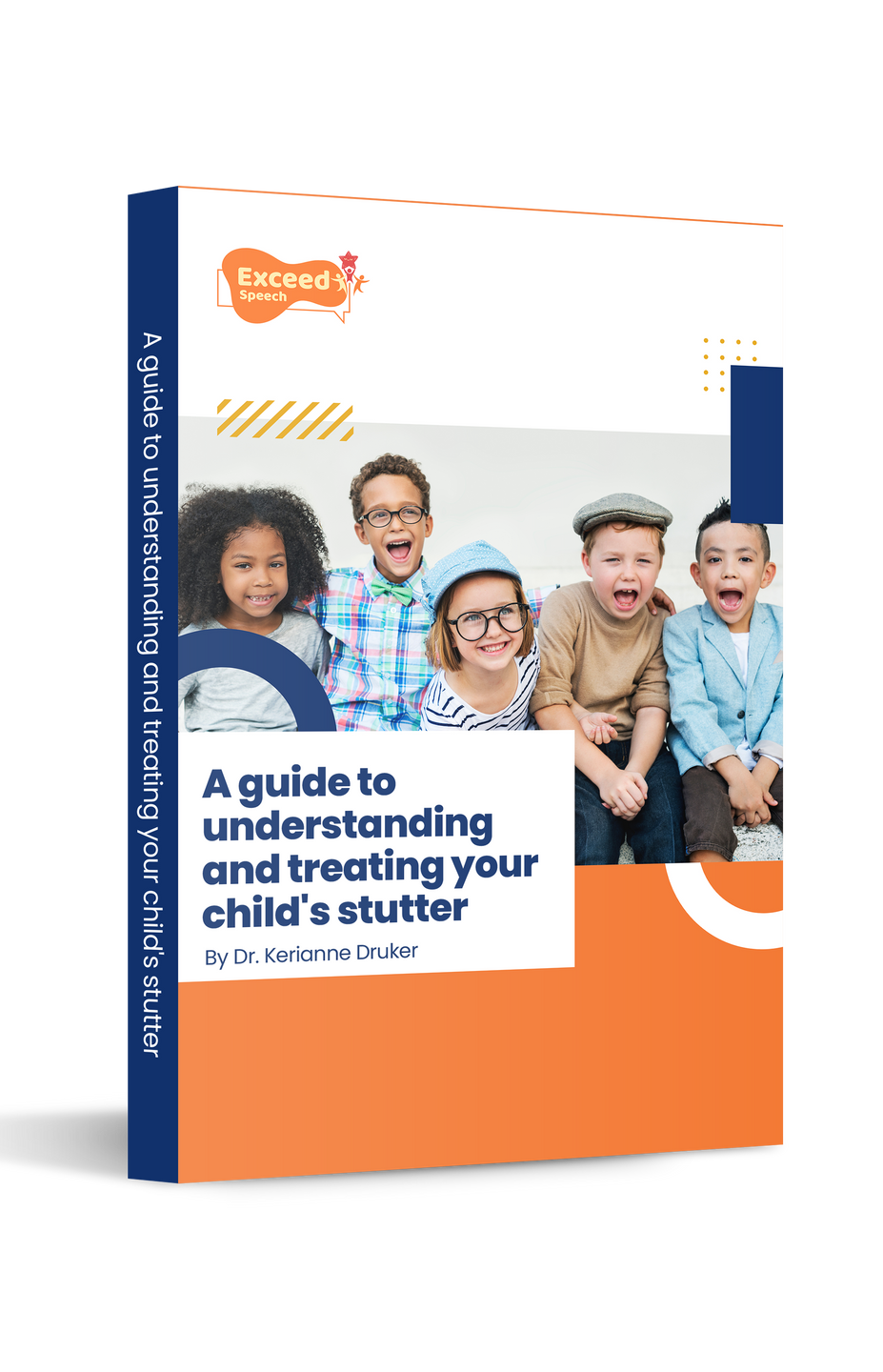Robust Theme
Dec 09, 2019 2020-04-08 7:40Robust Theme
Four sobering truths about school-age children who stutter

Stuttering typically starts in the pre-school years – between 2 and 4 years of age.
In some cases, however, stuttering only starts or becomes noticeable later on in childhood or early adolescence.
There is so much conflicting information about stuttering – particularly in school-age children. This article will cover 4 sobering facts about stuttering in school-age children who stutter, and discuss if treatment can still be worthwhile.
1. Stuttering gets harder to treat with age
Unfortunately, as children stutter for longer periods of time, stuttering becomes harder to treat. This is because the brain pathways for stuttering become strengthened, and therefore full recovery from stuttering becomes less likely.
2. As children get older, talking demands increase
As children get older, the demands placed on them to communicate increase. For example, children are expected to read aloud in the classroom, make speeches and oral presentations, and advocate for themselves socially. Children who stutter can find these tasks very overwhelming, and often try avoid engaging in these activities, for fear of stuttering in front of peers and teachers.
3. Bullying or teasing
Unfortunately, children who stutter often encounter bullying or negative evaluation by their peers because of their speaking. One study found that up to 80% of children encountered bullying as a result of their stuttering in primary school (Ezrati-Vinacour et al, 2001). If children are not given effective tools to manage their stuttering and associated difficulties, this can have an impact on self-esteem and confidence.
4. Long term impacts
Beyond the school years, research has found stuttering to have long-term impacts into adulthood. Stuttering has been found to possible impact further education, occupation selection, and employment opportunities (Yaruss, 2001). It is also known that adults who stutter are significantly more likely to have an anxiety disorder than adults who don’t (Iverach et al. 2009).
The good news!
Stuttering in school-age children can still be treated successfully. I have worked with many children and adolescents who have made remarkable improvements in their fluency, and confidence communicating.
The goals of stuttering treatment move away from full recovery to:
- Reducing stuttering
- Giving children control over stuttering through techniques that make slight changes to their speech
- Working on possible emotions accompanying stuttering
Although the focus of treatment shifts as children get older, it really is never too late to give your child or adolescent the gift of communication confidence and success.
I offer a free 10-minute consultation to parents to discuss the goals of therapy, and what we can achieve together. Get in touch now!

Free eBook
A guide to understanding and treating your child’s stutter
Take a sneak peak of what the Stuttering Toolkit has to offer, and learn about the treatment principles that have proven successful for more than 90% of children who stutter.
Get Free eBook

